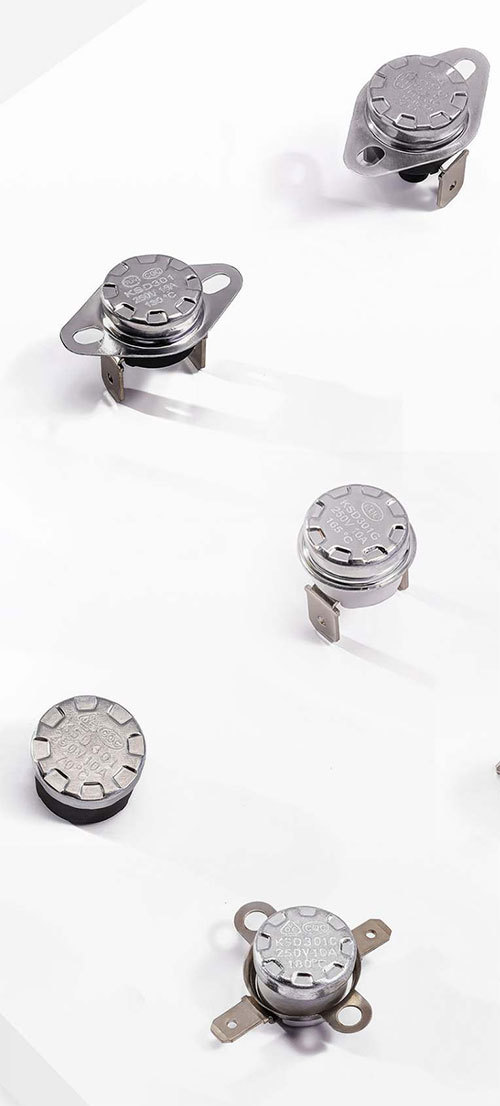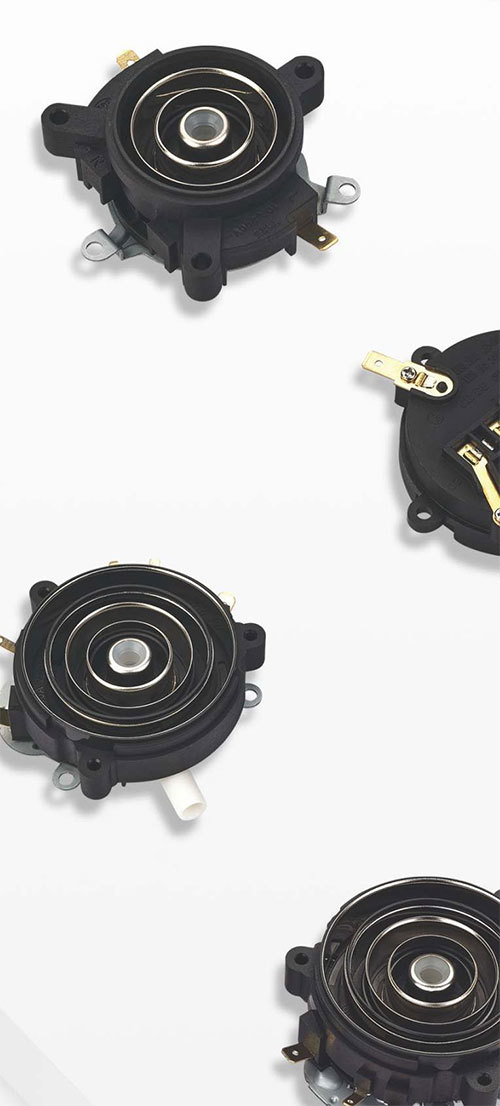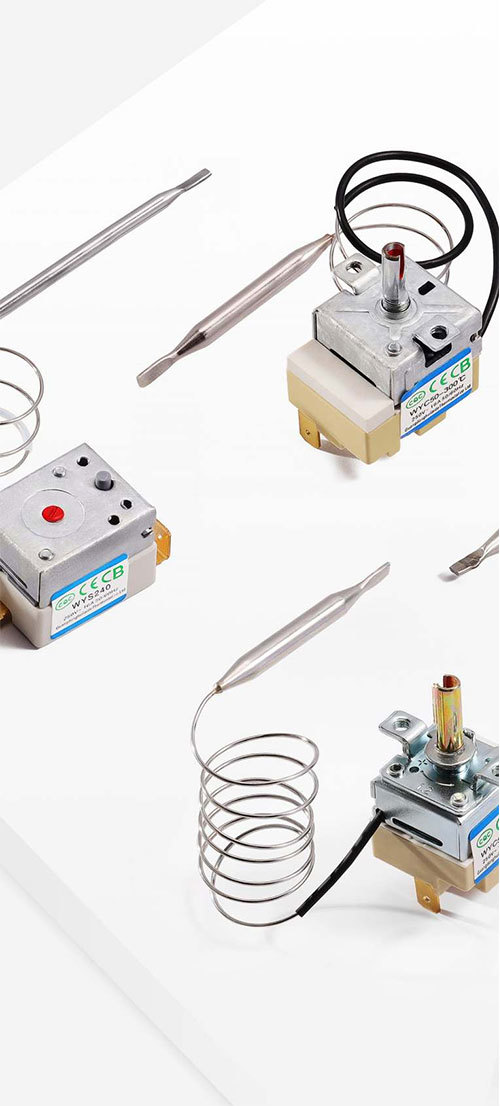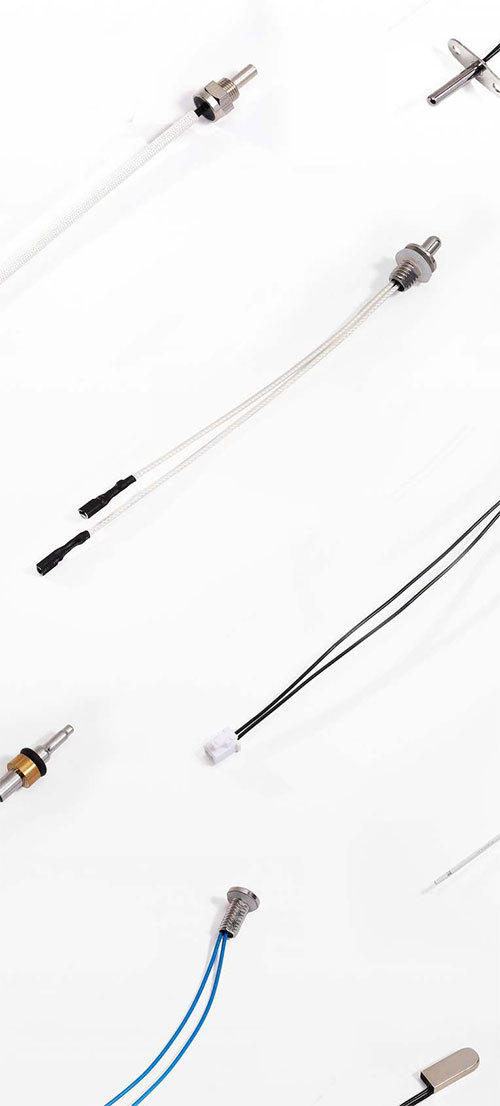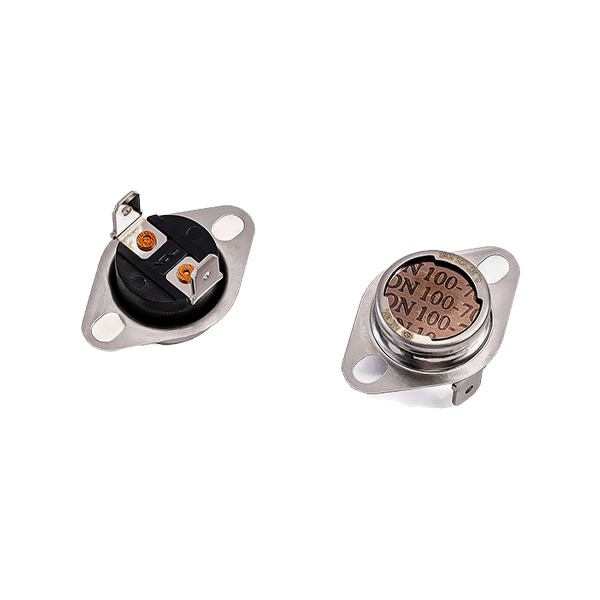Unlocking Efficiency: The Role of Bimetal Thermostat Switches in Chemical Labs
Classification: knowledge
Time:2025-06-10
Unlocking Efficiency: The Role of Bimetal Thermostat Switches in Chemical Labs
Table of Contents
- Introduction to Bimetal Thermostat Switches and Their Importance in Chemical Labs
- Understanding Bimetal Thermostat Switches
- How Bimetal Thermostat Switches Function
- Advantages of Bimetal Thermostat Switches in Laboratory Settings
- Applications of Bimetal Thermostat Switches in Chemical Labs
- Choosing the Right Bimetal Thermostat Switch for Your Lab
- Maintenance and Care for Bimetal Thermostat Switches
- Future Trends in Bimetal Thermostat Technology
- Conclusion
- FAQs
Introduction to Bimetal Thermostat Switches and Their Importance in Chemical Labs
In the fast-paced environment of a chemical laboratory, maintaining optimal temperature conditions is crucial for the accuracy and safety of experiments. **Bimetal thermostat switches** play a vital role in achieving this stability. These devices not only regulate temperature but also enhance the overall efficiency of laboratory operations. By providing precise temperature control, they contribute to the reliability of results and ensure the safety of laboratory personnel.
Understanding Bimetal Thermostat Switches
Bimetal thermostat switches are devices that utilize two different metals, which expand at different rates as they heat up. This property allows them to bend in response to temperature changes. When a specified temperature is reached, the bending of the metals activates a switch that can control heating or cooling systems in the lab.
The construction of a bimetal thermostat switch typically consists of:
Components of Bimetal Thermostat Switches
- Bimetallic Strip: The core component that bends in response to temperature changes.
- Switch Mechanism: Engages or disengages based on the position of the bimetallic strip.
- Electrical Contacts: Allows the thermostat to control power to heating or cooling systems.
- Adjustment Screw: Enables fine-tuning of the temperature setpoint.
How Bimetal Thermostat Switches Function
The functioning of bimetal thermostat switches is based on the principle of thermal expansion. As temperature increases, the bimetallic strip bends. This bending either opens or closes the electrical circuit, depending on the design of the switch.
Temperature Sensitivity
These switches can be set to activate at specific temperature thresholds, making them highly sensitive to temperature variations. For example, in a chemical lab, a bimetal thermostat switch can be set to activate a cooling system when temperatures exceed a predetermined limit, thus preventing overheating and potential chemical reactions that could result in hazardous situations.
Automatic Regulation
One of the key features of bimetal thermostat switches is their automatic regulation capability. Once set, they continuously monitor temperature fluctuations, automatically adjusting the heating or cooling systems as needed. This automation not only enhances safety but also improves the accuracy of laboratory results.
Advantages of Bimetal Thermostat Switches in Laboratory Settings
Bimetal thermostat switches offer a multitude of benefits that make them indispensable in chemical labs. Below are some of the significant advantages:
Energy Efficiency
By accurately regulating temperature, bimetal thermostat switches reduce energy consumption. This not only lowers operational costs but also contributes to environmental sustainability.
Enhanced Safety
With their ability to detect and respond to temperature changes, these switches help prevent overheating and associated hazards. This makes them a critical safety feature in labs handling volatile substances.
Durability and Reliability
Bimetal thermostat switches are known for their durability and long lifespan. They can withstand harsh laboratory conditions, making them a reliable choice for continuous operation.
Cost-Effectiveness
Compared to electronic thermostat options, bimetal switches are often more cost-effective while still providing similar levels of performance and reliability.
Applications of Bimetal Thermostat Switches in Chemical Labs
Bimetal thermostat switches find a wide range of applications in chemical laboratories, facilitating various processes:
Heating Systems Control
They are commonly used to control heating systems in laboratories, ensuring that experiments are conducted at optimal temperatures.
Cooling Systems Management
Bimetal thermostat switches effectively manage cooling systems, preventing temperature spikes that could compromise sensitive experiments.
Environmental Chambers
In environmental chambers, these switches regulate temperature and humidity levels, essential for experiments involving living organisms or sensitive chemical reactions.
Incubators
For incubators used in microbiology and cell culture, maintaining a stable temperature is crucial, and bimetal thermostat switches excel in this role.
Choosing the Right Bimetal Thermostat Switch for Your Lab
Selecting the appropriate bimetal thermostat switch for your laboratory requires careful consideration of several factors:
Temperature Range
Identify the temperature range necessary for your specific applications. Ensure that the bimetal thermostat switch can accommodate these requirements.
Response Time
Consider the response time of the thermostat. A faster response time can be crucial in applications where temperature fluctuations can impact results.
Installation Requirements
Evaluate the installation process and space constraints in your laboratory. Some bimetal switches may require more installation space than others.
Calibration and Adjustment Features
Look for features that allow easy calibration and adjustment, especially if your experiments require precise temperature settings.
Maintenance and Care for Bimetal Thermostat Switches
To ensure optimal performance and longevity of bimetal thermostat switches, regular maintenance is essential:
Routine Inspections
Conduct routine inspections for any signs of wear or damage. This includes checking the integrity of the bimetallic strip and electrical contacts.
Calibration Checks
Regularly check and calibrate the thermostat settings to ensure accurate temperature control.
Cleaning Procedures
Keep the thermostat clean from dust and debris that may interfere with its functionality.
Replacement of Faulty Components
If any components show signs of malfunction, replace them promptly to maintain safety and performance.
Future Trends in Bimetal Thermostat Technology
As technology evolves, so do the applications and capabilities of bimetal thermostat switches. Future trends may include:
Smart Thermostat Integration
The integration of smart technology will enhance control and monitoring capabilities, allowing for remote management of temperature settings.
Advanced Materials
Innovations in materials used for bimetallic strips may improve temperature sensitivity and durability.
Enhanced Automation
Automated systems that integrate bimetal thermostat switches will streamline laboratory processes, further improving efficiency and productivity.
Conclusion
In conclusion, **bimetal thermostat switches** play a pivotal role in optimizing efficiency, safety, and energy consumption in chemical laboratories. Their ability to provide precise temperature control makes them indispensable for various applications. As technology advances, these devices are expected to become even more sophisticated, ensuring that laboratories can meet the rigorous demands of scientific research. Investing in the right bimetal thermostat switch, coupled with regular maintenance, will undoubtedly unlock new levels of efficiency in your lab operations.
FAQs
1. What is a bimetal thermostat switch?
A bimetal thermostat switch is a temperature control device that uses two different metals to regulate temperature by bending and activating a switch mechanism.
2. How do bimetal thermostat switches contribute to laboratory safety?
They prevent overheating and control critical temperature thresholds, reducing the risk of hazardous chemical reactions and ensuring safe laboratory environments.
3. What should I consider when choosing a bimetal thermostat switch?
Consider factors such as temperature range, response time, installation requirements, and calibration features to find the most suitable switch for your lab.
4. How can I maintain my bimetal thermostat switch?
Routine inspections, calibration checks, cleaning procedures, and timely replacement of faulty components are key to maintaining optimal performance.
5. What are the future trends in bimetal thermostat technology?
Future trends may include smart integration, advanced materials for enhanced performance, and improved automation for streamlined laboratory operations.
Keyword: Unlocking Efficiency: The Role of Bimetal Thermostat Switches in Chemical Labs
RELATED INFORMATION
Unlocking Efficiency: The Role of Bimetal Thermostat Switches in Chemical Labs
Unlocking Efficiency: The Role of Bimetal Thermostat Switches in Chemical Labs Table of Contents Introduction to Bimetal Thermostat Switches and Their Importance in Chemical Labs Understanding Bimetal Thermostat Switches How Bimetal Thermostat Switches Function Advantages of Bimetal Thermostat Switches in Laboratory Settings Applications of Bimetal Thermostat Switches in Chemical La
2025/06/10
Understanding Bimetal Thermostat Switches: Essential Components for Laboratory Temperature Control
Bimetal thermostat switches are critical components in various applications, especially in laboratory settings where maintaining precise temperature is vital. These switches operate based on the principles of thermal expansion, utilizing two different metals bonded together. As the temperature changes, these metals expand at different rates, causing the bimetallic strip to bend. This bending actio
2025/06/05


